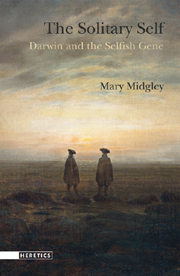Book contents
4 - Coming to terms with reason
Summary
The revolt of the passions
It is not surprising that, after much talk of this kind, Hume grew tired of the drama where Reason was in charge and decided to reverse the plot, putting feeling on top instead. He protested that “We speak not strictly and philosophically when we talk of the combat of passion and of reason. Reason is, and ought only to be, the slave of the passions and can never pretend to any other office than to serve and obey them” (1978: bk II, §3, 415). Thought, said Hume, has no motive force on its own; it is a purely cognitive power, concerned solely with the discovery of truth and falsehood. “The passions” – the feelings – are the only forces that can actually move people.
This is well worth saying. Yet it is still just one more divisive pattern of the kind that has attracted theorists for so long. It still posits an incurable split between two aspects of the human psyche. This gulf may be located between theory and practice, or between “hard” and “soft” thinking, or again between the arts and the sciences, between facts and values, between objective and subjective, between science and religion or even between men and women (as Tennyson put it in The Princess [line 430], “Man with the head and woman with the heart”). But wherever they put their gulf, philosophers are strongly inclined to take sides about it.
- Type
- Chapter
- Information
- The Solitary SelfDarwin and the Selfish Gene, pp. 73 - 96Publisher: Acumen PublishingPrint publication year: 2010



